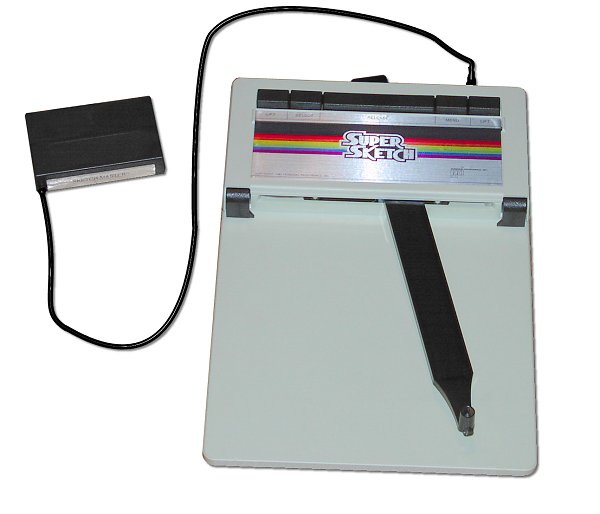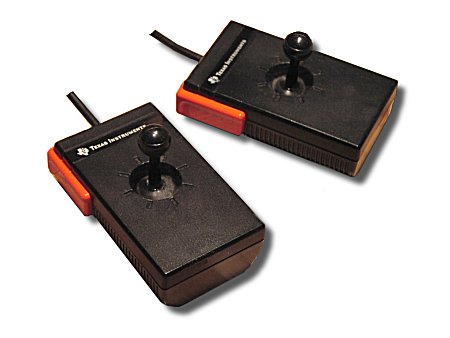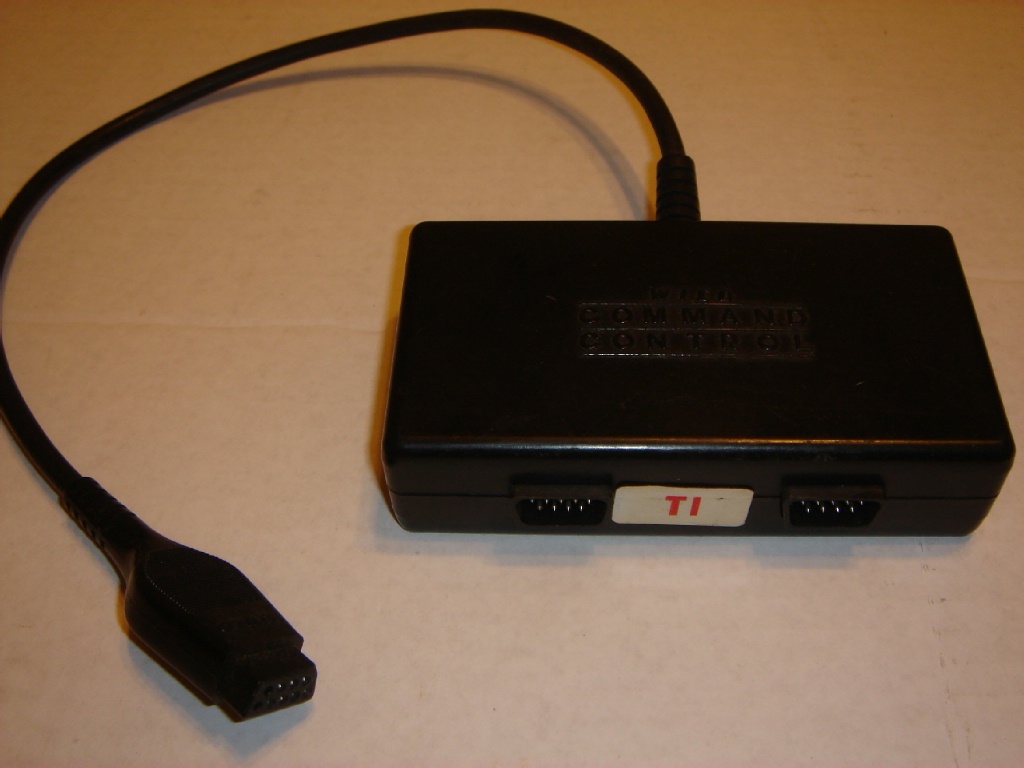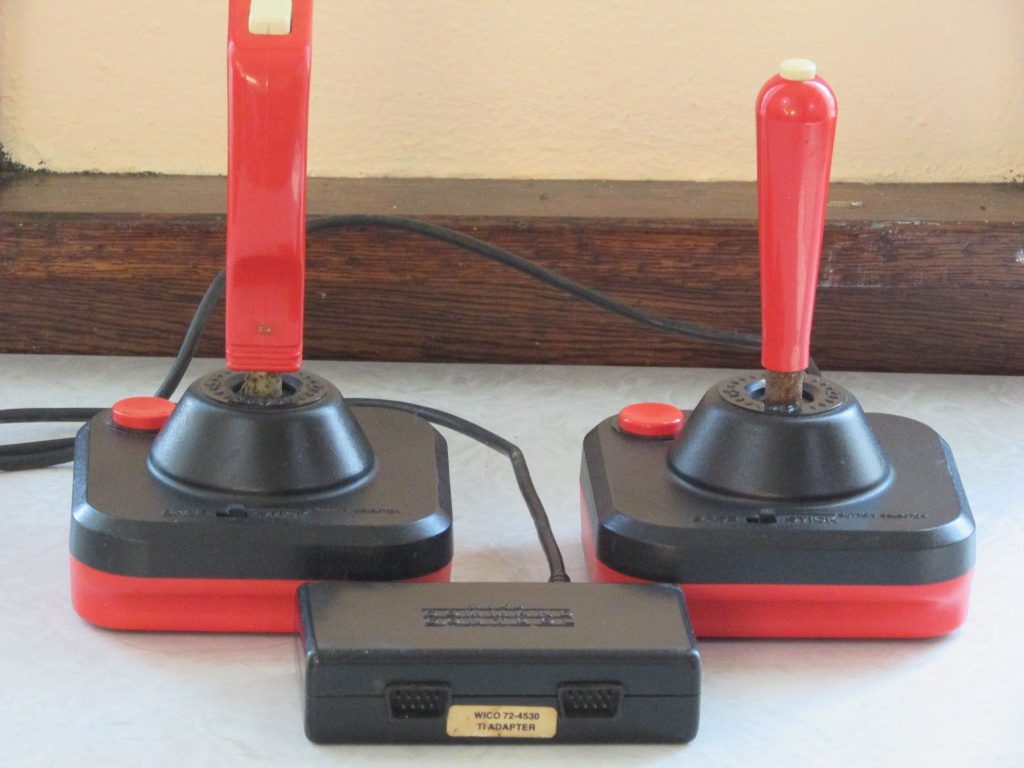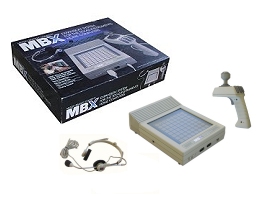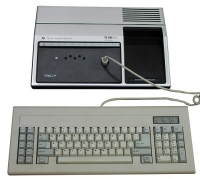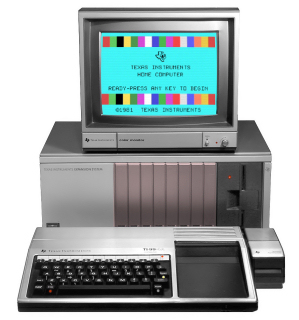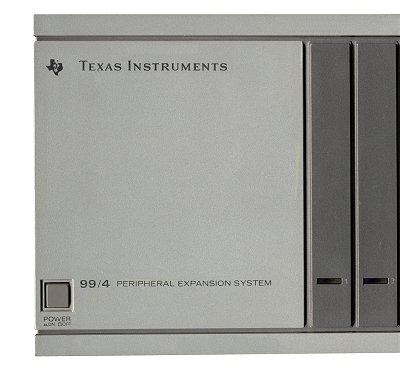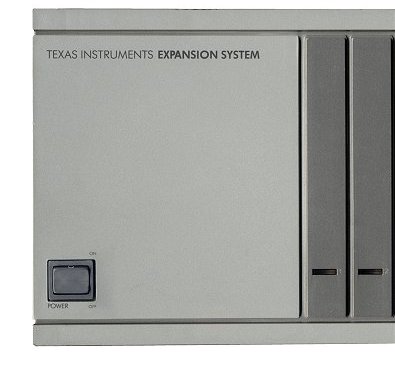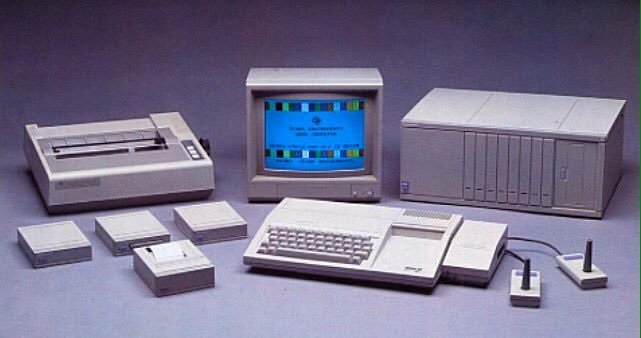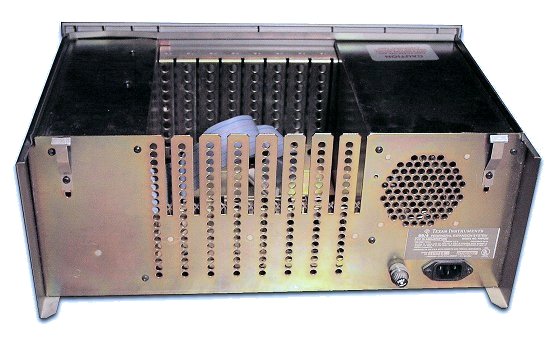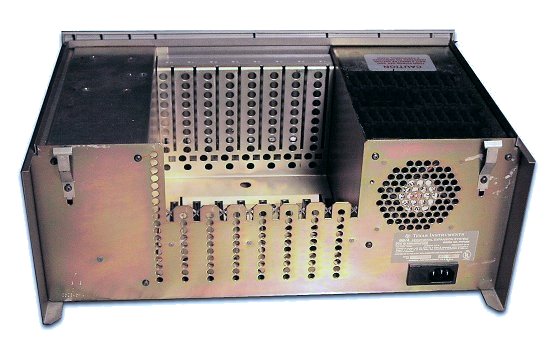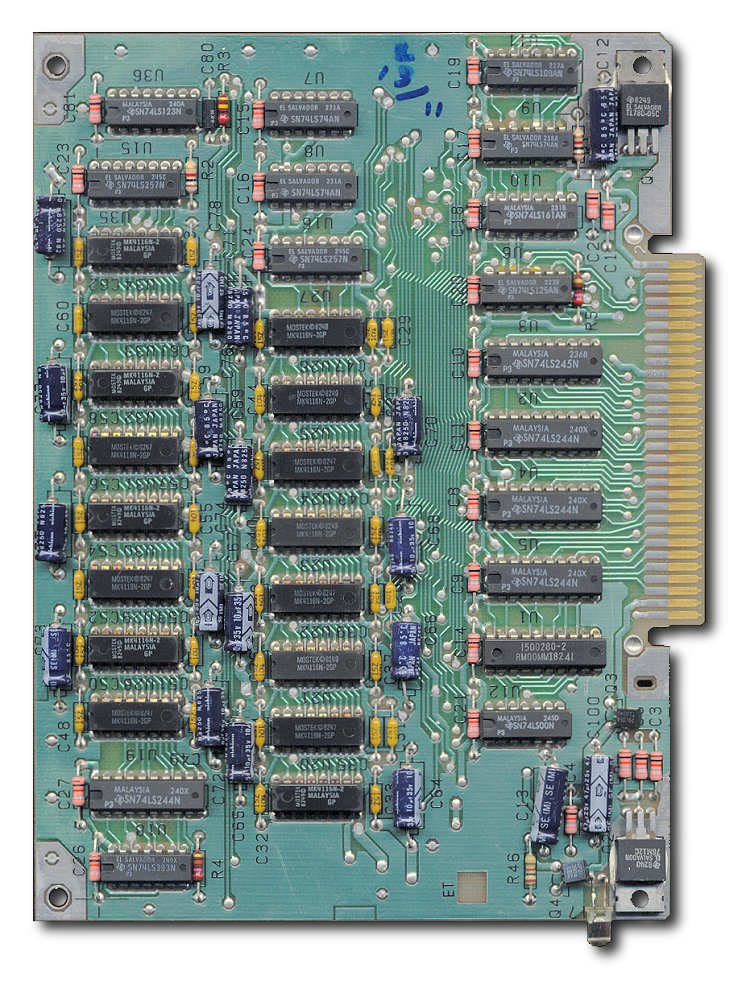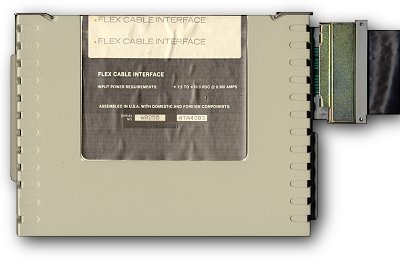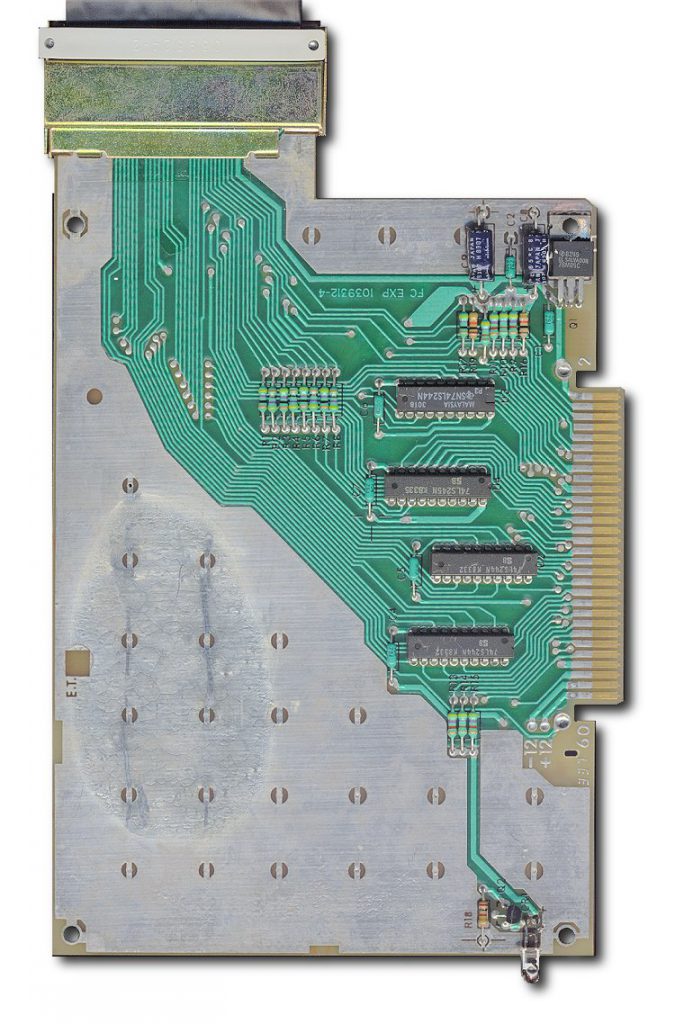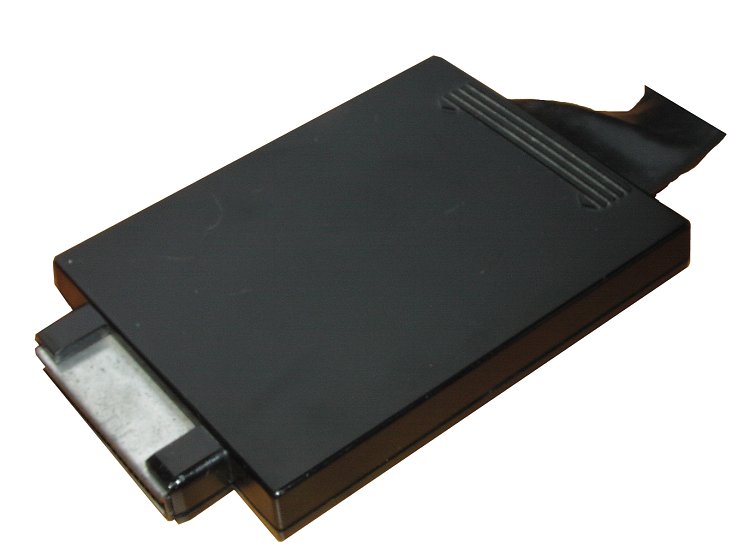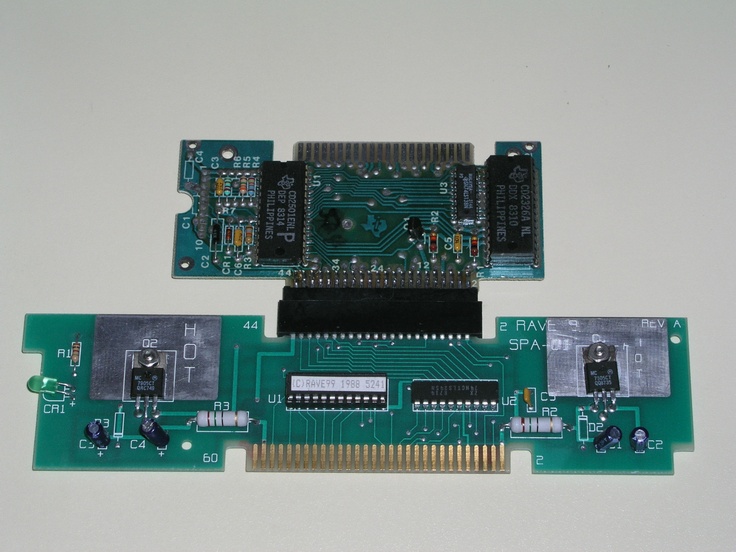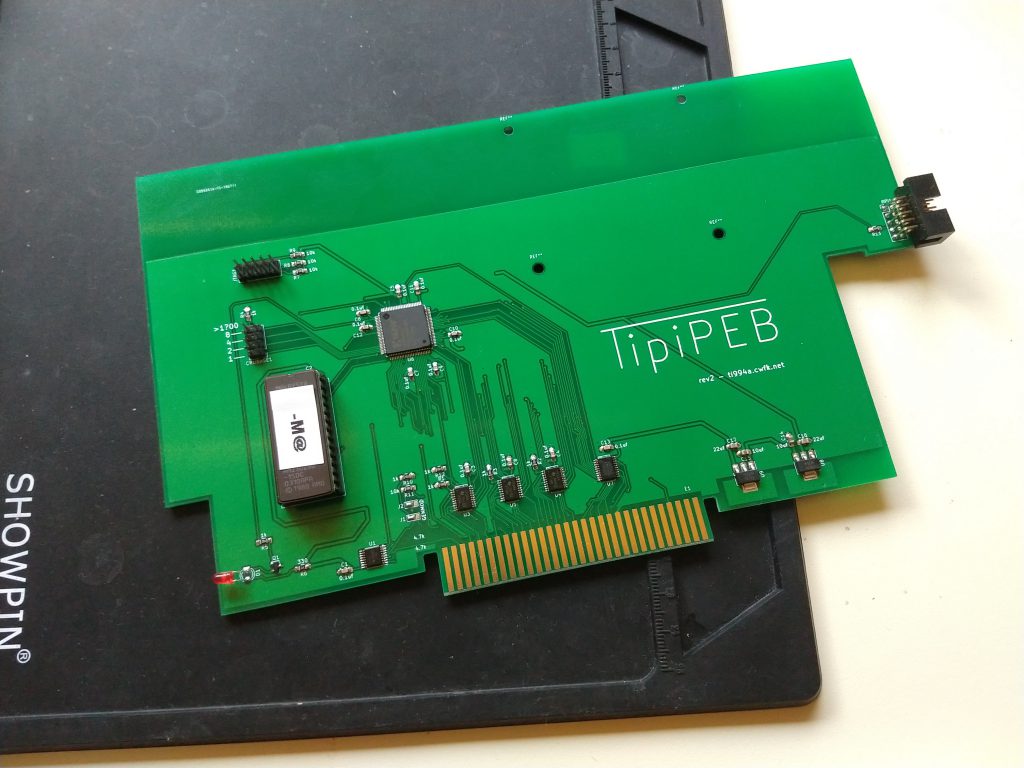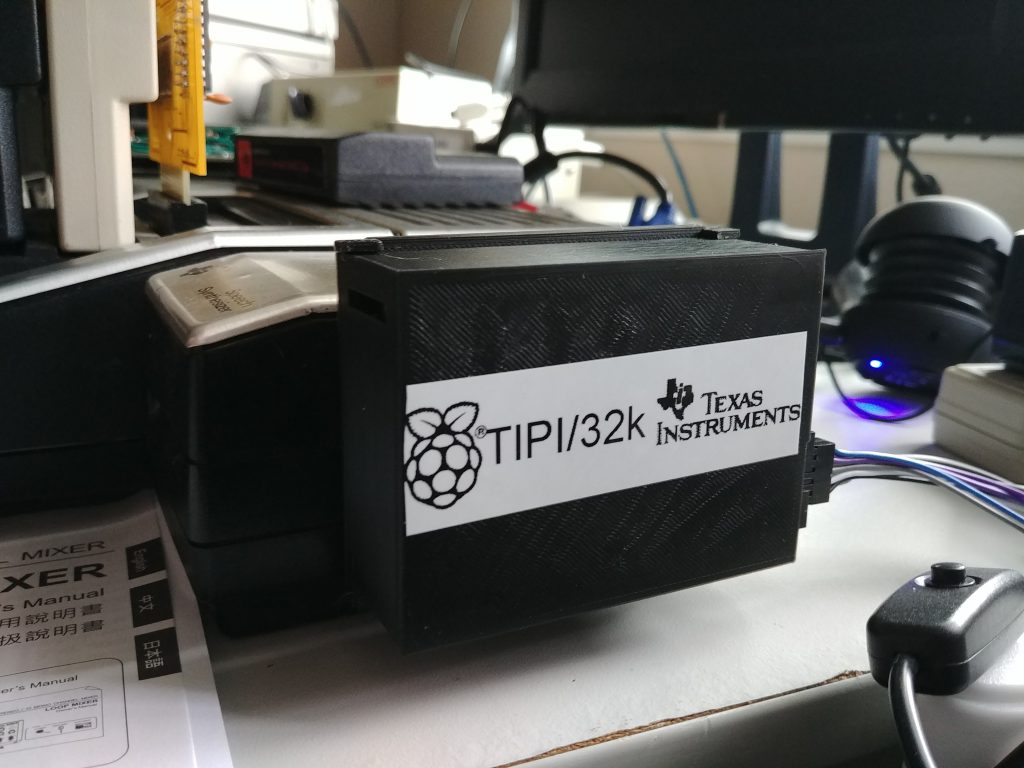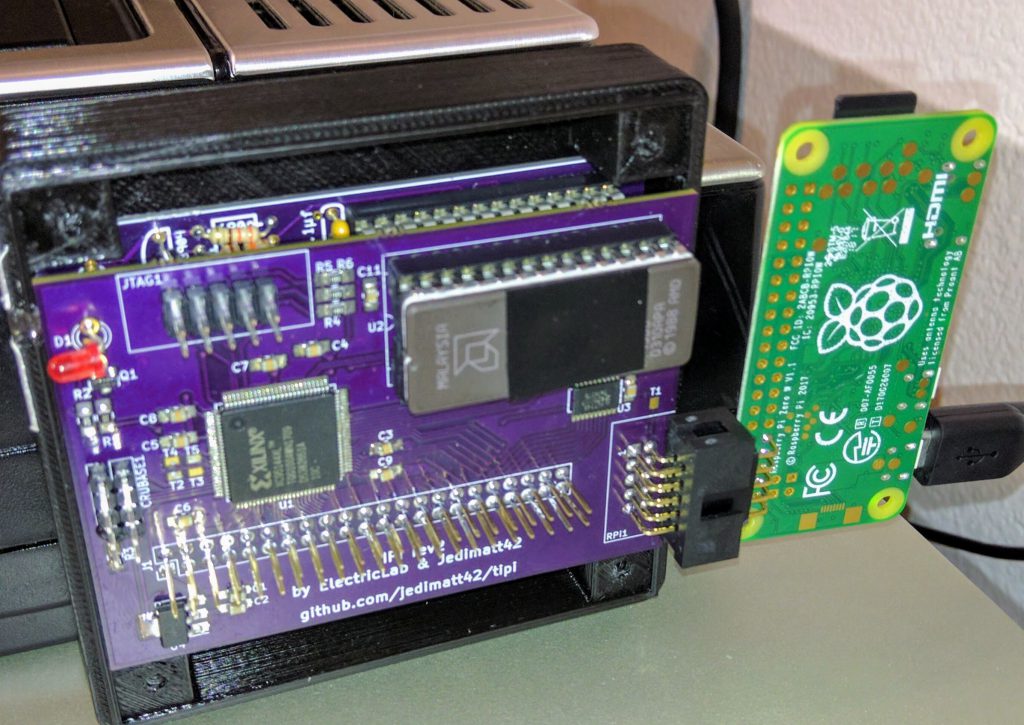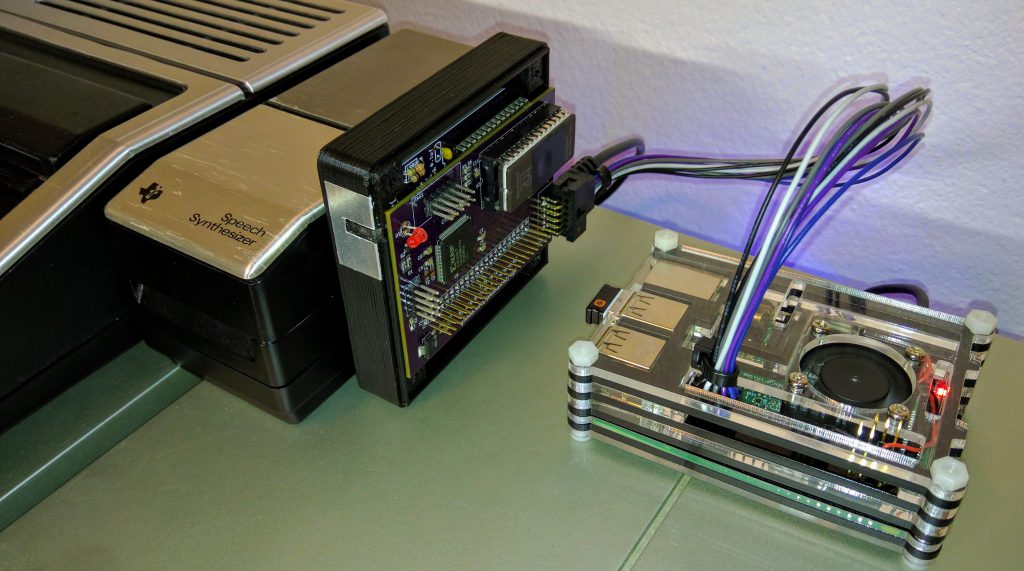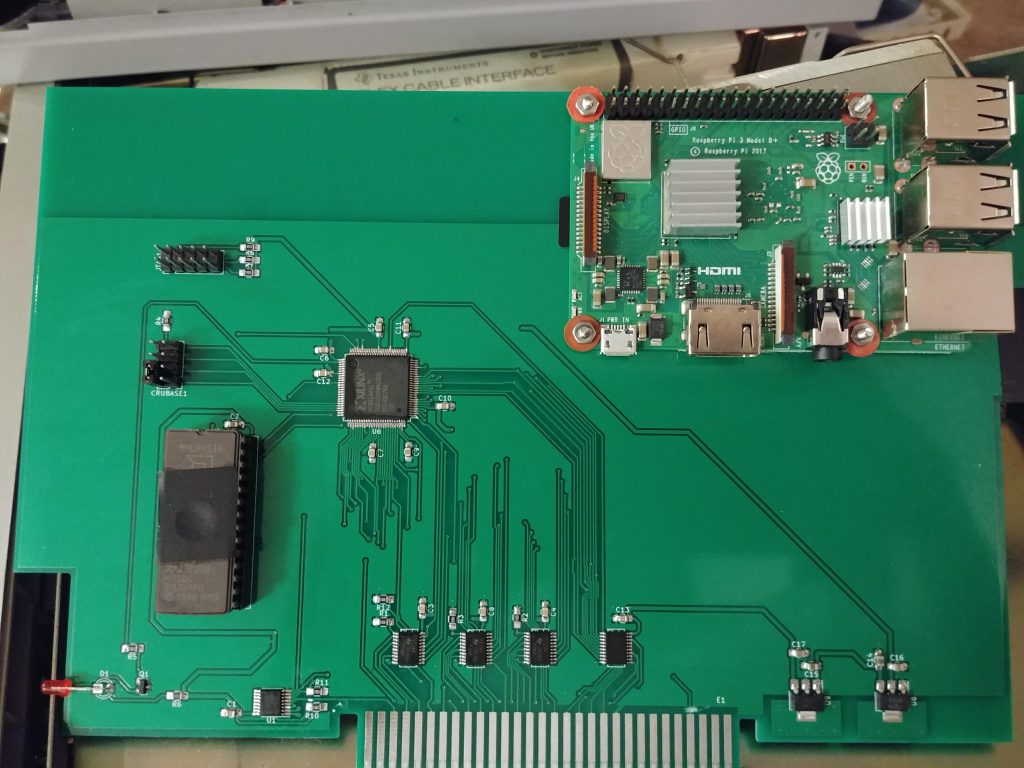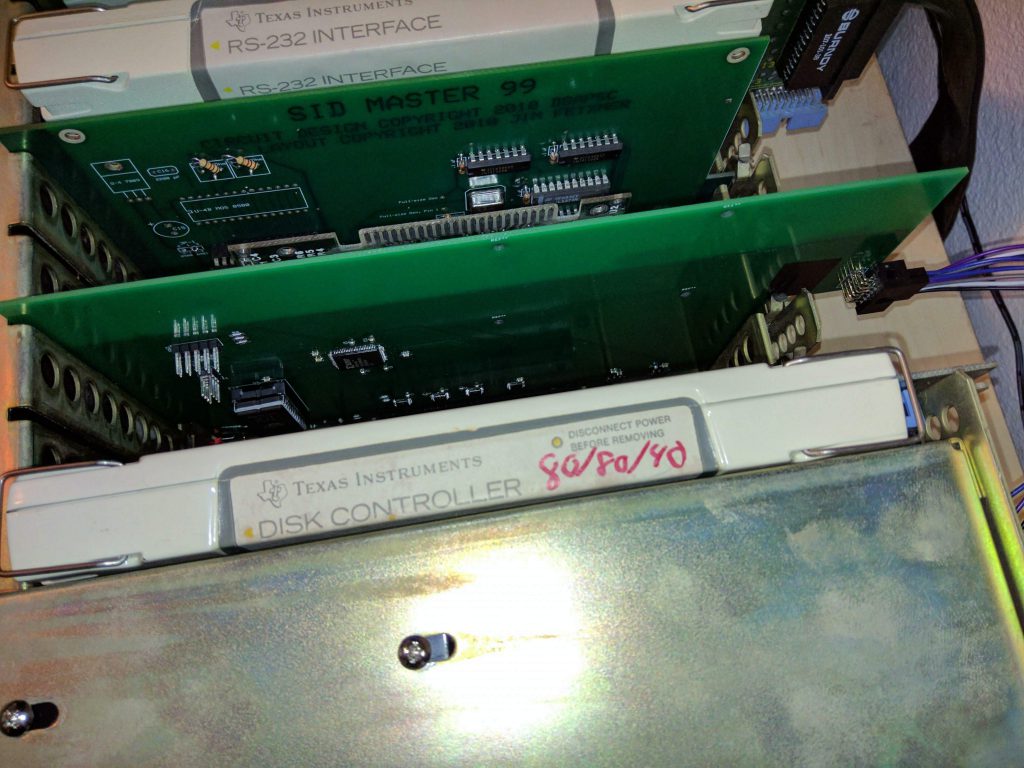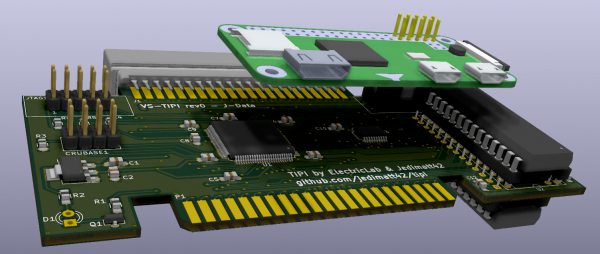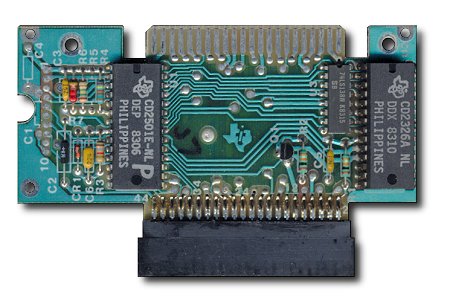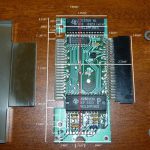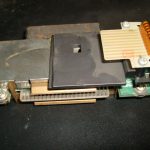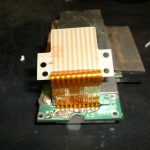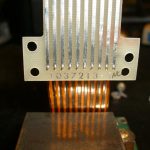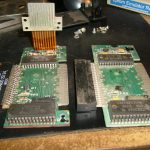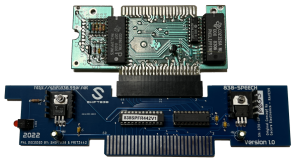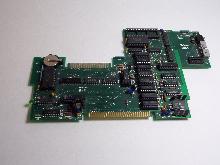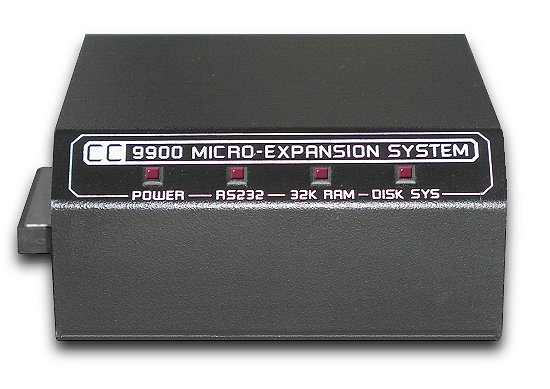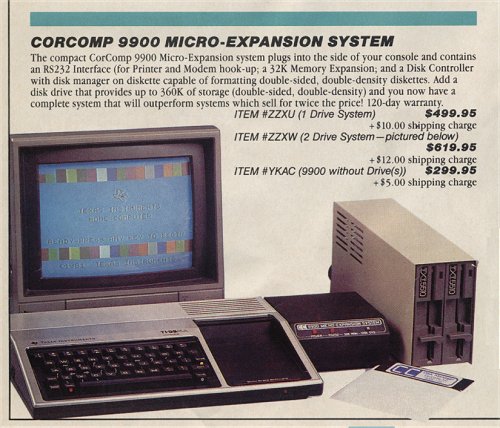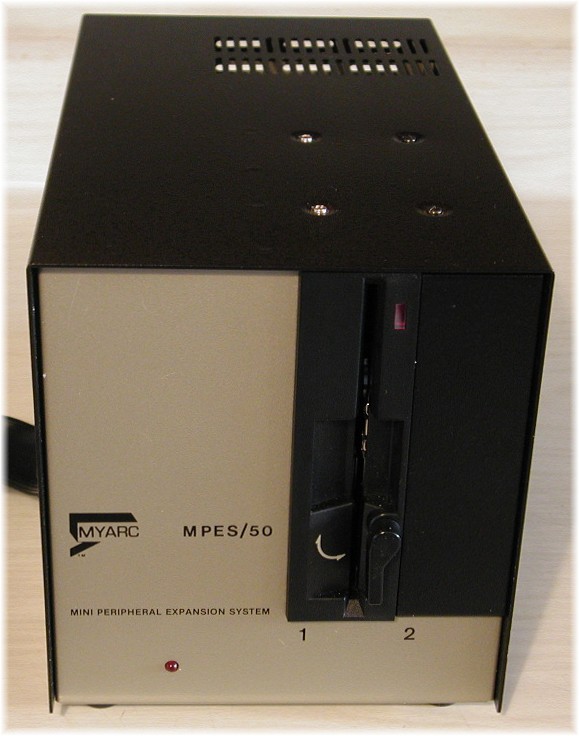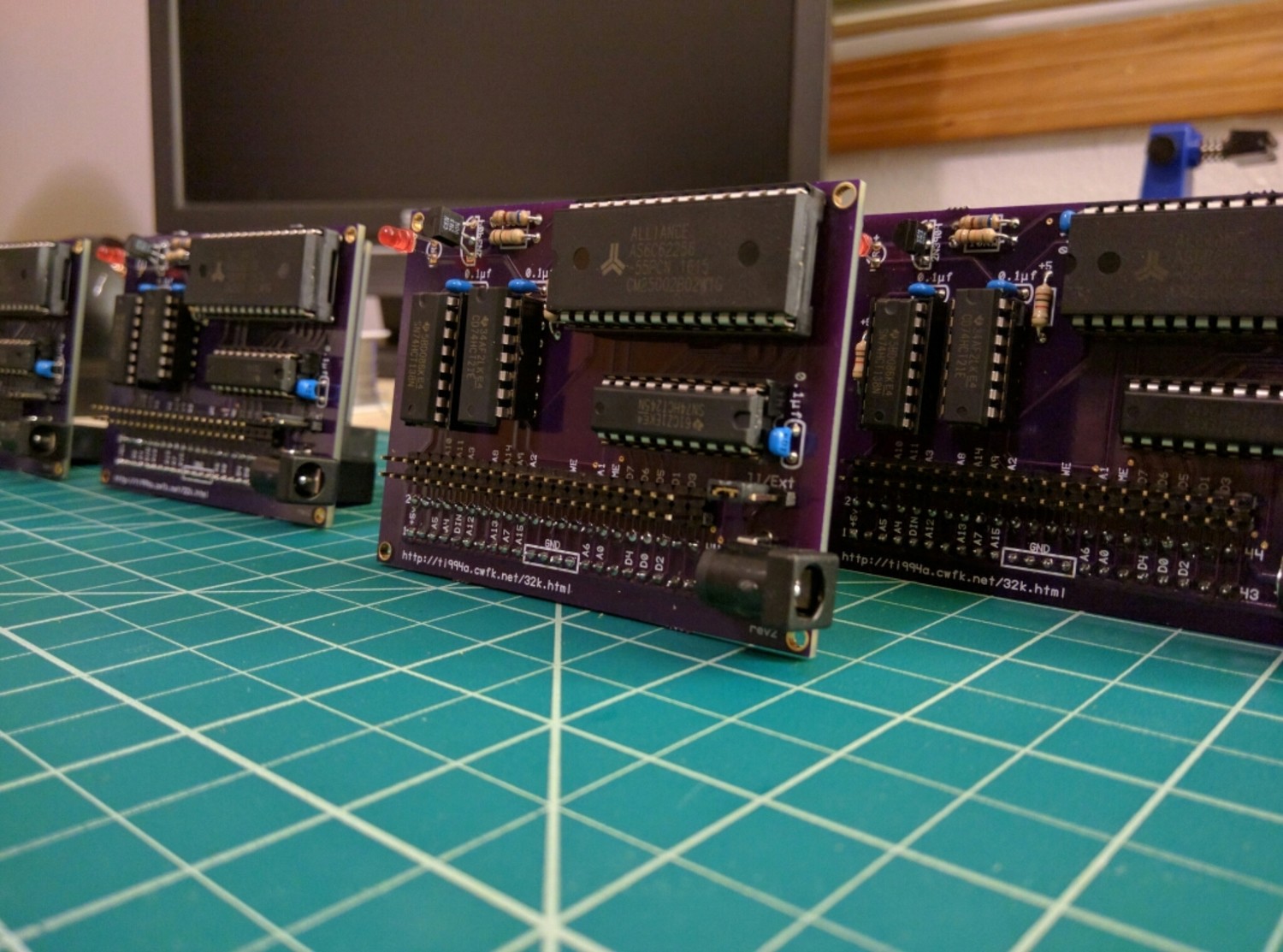What Joysticks and controllers are available for my TI?
NOTE: the #1 reported issue with joysticks is the up direction doesn’t work, if you have a original TI-99/4A the alpha-lock key interferes with this direction. You must have alpha-lock UP to use the joystick.
TI Handheld controllers are very common in the black plastic model. 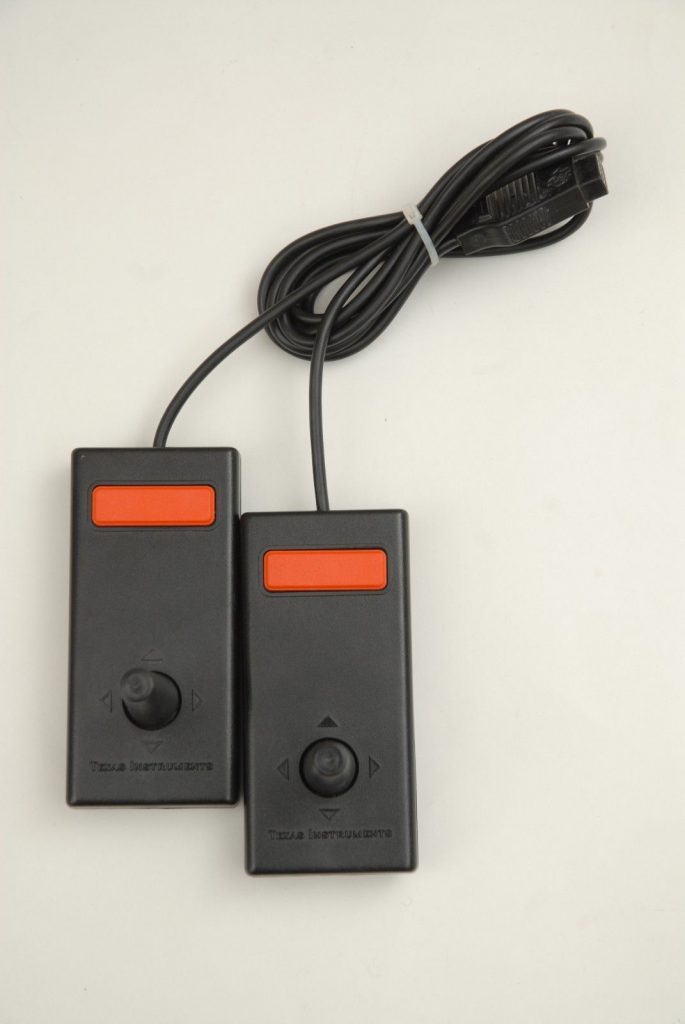
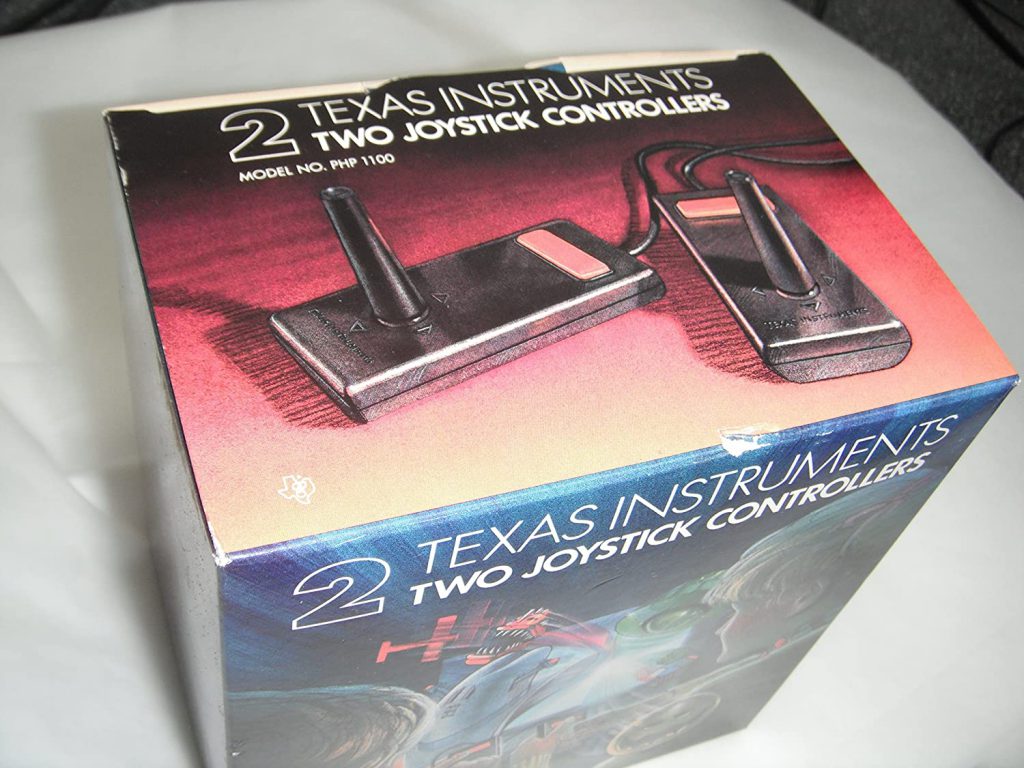
Less common in the beige color. 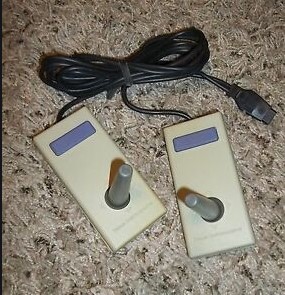
These are nicknamed “hand wreckers” as they use a poorly designed lever and membrane method with foam pads under the membrane that tend to go bad over time.
Jgrisssom created this post on updating the hand wreckers with some modern switches and 3d printed parts: https://forums.atariage.com/topic/338357-revisiting-the-original-ti-99-joysticks/
there were also these babies that were released with the 99/4 that were even worse!
Since the TI-99/4 and 4A both use the same joystick port pinout they are interchangeable.
Atari compatible joysticks can be used using an adapter, there were various models made from Wico and other manufacturers. (all discontinued)
A compact “Atari” joystick adapter is currently available here:
If you are handy you can make your own: http://mainbyte.com/ti99/hardware/cables/joystick.html
Wico made a very nice Trackball they are available on Ebay now and then 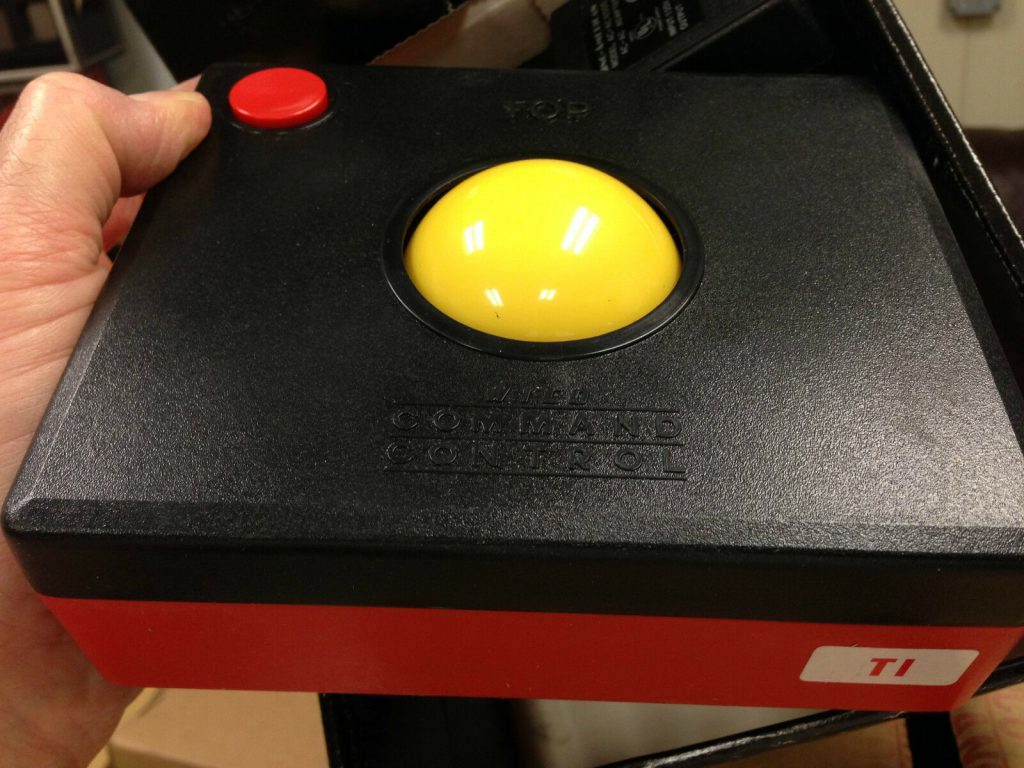
Milton Bradley released a MBX expansion system for the TI in 1983 that contained an enhanced speech synth, speech recognition, a “touchpad” interface and enhanced controllers
More info: http://mainbyte.com/ti99/hardware/mbx/mbx.html
Mechatronics made a TI mouse that was basically a generic xy mouse with TI drivers and a 5v power supply, there is also a DSR for TI-artist
Asgard software had a serial mouse driver. <if someone has a link lmk>
Here’s another serial mouse driver: http://www.stuartconner.me.uk/ti/ti.htm#connecting_serial_mouse
SuperSketch was available for the TI and had it’s own paint program built in. Also a TI-artist DSR was available. These were difficult to use due to the linear axis of the system.
http://mainbyte.com/ti99/hardware/super_sketch.html